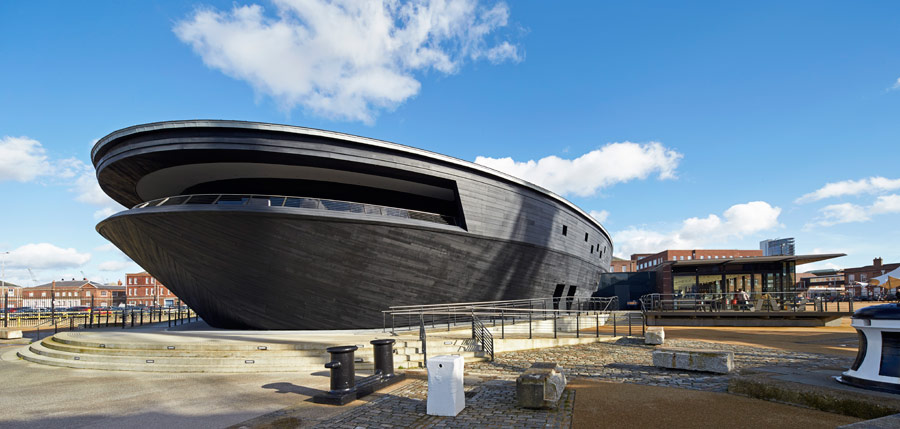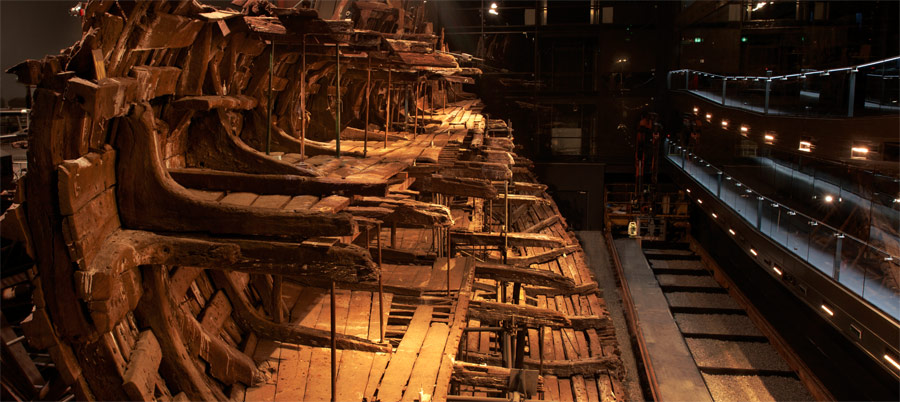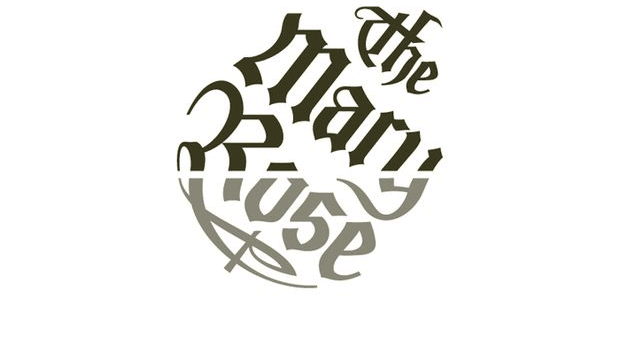
Museum picture from outside
Credit: Hufton+Crowe
Sometime in the late afternoon of July 19, 1545, the Mary Rose, one of the largest of Henry VIII’s great ships, heeled to starboard and sank. As the King watched from his encampment on Southsea Common, scarcely a mile distant, he could not have realised what an unparalleled insight into his life and times this catastrophe would ensure. Mary Rose represents both a living community and a state-of–the-art fighting machine, fully manned and equipped for war. A 34-year old veteran, built in Portsmouth, she sank whilst engaging a French invasion fleet larger than the Spanish Armada of 43 years later. To date no marine excavation has attained the scale of the Mary Rose project, nor captured the imagination of the public so completely.
In 1545 Henry VIII watched as his ship sank to the seabed. Just over thirty years ago, HRH The Prince of Wales, President of the Mary Rose Trust, watched as she rose from the seabed. Both have had intimate contact with the ship, King Henry dined with her captain the day before she sank, and Prince Charles dived on her the day before she was raised.

The conserved Mary Rose. View from the bow showing the ship
and the long galleries opposite within the new Weston Ship Hall
Photo: Stephen Foote
Credit: Alexzandra Hildred with Stephen Foote
Unless otherwise credited, images are from the Mary Rose Trust archive.
Copyright The Mary Rose Trust

You can visit the Mary Rose at :
The Mary Rose Museum
Dock No. 3
Main Road
HM Naval Base
Portsmouth
Hampshire
PO1 3PY
Call: 023 9275 0521
Email: mail@maryrose.org
Website: www.maryrose.org
